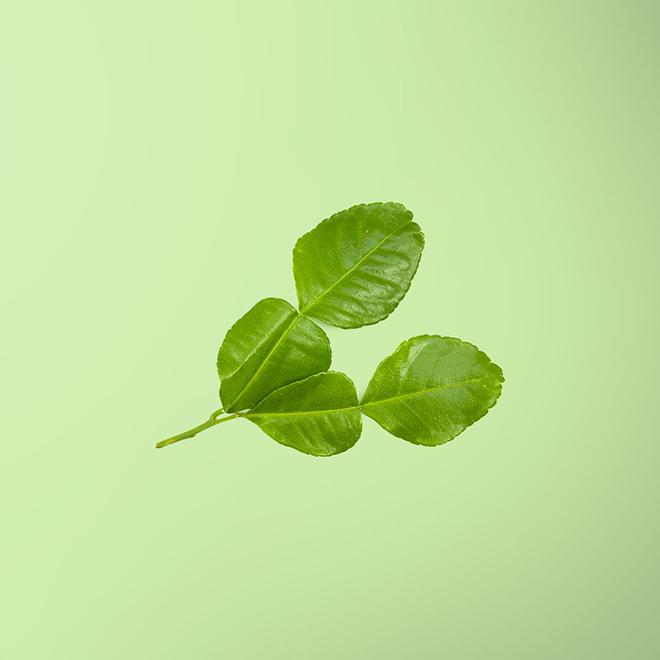Kaffir Lime Leaf




Kaffir lime leaf, also known as makrut lime leaf, is a fragrant and flavorful leaf used extensively in Southeast Asian cuisine. It is used whole, torn, or chopped depending on the recipe. Its distinctive citrusy aroma and subtle pepperiness add depth and complexity to various dishes, making it a must-have for any culinary enthusiast.
Kaffir lime trees are believed to be native to Southeast Asia, possibly originating in the region encompassing present-day Myanmar, Thailand, and Laos. There's evidence of their use in the region for centuries, with mentions in ancient cookbooks and medicinal texts.
The name "kaffir lime" is a colonial term with murky origins. Some speculate it's derived from the Arabic word "kafir," which means "infidel," while others suggest it's a corruption of a regional name. The leaves have various names in different local languages, such as "makrut lime leaf" in Thai, "bai makrut" in Vietnamese, and "daun lima purut" in Malay. These names are often more specific and avoid any potential offensive connotations associated with the term "kaffir."
When buying fresh kaffir lime leaves, look for leaves that are deep green and glossy, with no blemishes or wrinkles. Avoid wilted or yellowing leaves. Both fresh and dried, kaffir lime leaves can often be found in Asian markets.
Dried kaffir lime leaves have a more concentrated flavor but less aroma compared to fresh leaves, so when buying them, think about their usage.
To store fresh kaffir lime leaves, wrap them in a damp paper towel and refrigerate for up to 3 days. Dried kaffir lime leaves can be stored in the same way as dried bay leaves or any other type of dried leaf.
Kaffir lime leaves, with their vibrant aroma and citrusy punch, can be surprisingly versatile substitutes in various circumstances. While not a perfect match, kaffir lime leaves can add a unique citrusy twist to marinades and dressings. Use them whole or chopped, depending on the recipe. Substitute whole kaffir lime leaves for bay leaves in stews, soups, and braises. The citrusy aroma complements various broths and meats beautifully.
Whole or chopped kaffir lime leaves can infuse olive oil or rice vinegar with their unique flavor, creating a delicious base for dressings or drizzles. Oil infused with kaffir lime leaves can also be used in massage therapy and as a food preservative.
The essential oil extracted from kaffir lime leaves has been shown to be an effective mosquito repellent, offering a natural alternative to chemical sprays.
The aroma in kaffir lime leaves is concentrated in the veins of the leaves, not the surface.
In some cultures, a paste made from kaffir lime leaves is used as a natural hair conditioner and dandruff remedy.
If you can't find kaffir lime leaves, you can substitute with lemongrass, lime zest, or lime juice, but these won't fully replicate the unique flavor profile.
You can use kaffir lime leaves to wrap small parcels of meat, fish, or vegetables before grilling or steaming. This infuses the ingredients with a subtle, smoky citrus aroma.
Kaffir lime leaves can be a good choice of aromatics to use during pickling. Pickle whole leaves alongside vegetables like carrots or cauliflower for a tangy, aromatic garnish.
Kaffir lime leaves are packed with antioxidants, such as limonene and quercetin, which fight free radicals in your body. Studies suggest kaffir lime leaves possess antibacterial and antifungal properties, potentially helping fight off infections and promoting gut health.
Traditionally used in Southeast Asian medicine, kaffir lime leaves may aid digestion by stimulating digestive enzymes and reducing stomach acidity. Research indicates kaffir lime leaves may possess anti-inflammatory properties, potentially benefiting conditions like arthritis and reducing overall inflammation in the body.
Corrections or improvements? Email us at
content@sidechef.com